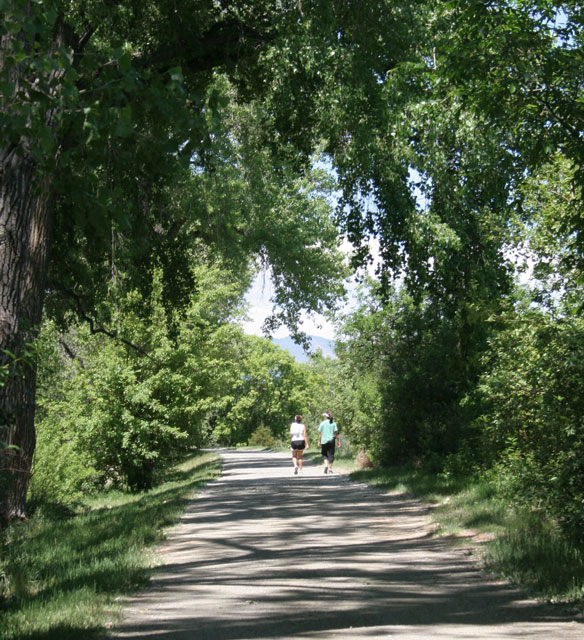
Booming Denver: It’s a dense topic
It’s no secret, Denver’s a great place to live.
One major lure for future Denverites is the year-round outdoor lifestyle on nearly 20,000 acres of urban and mountain parklands and more than 80 miles of trails.
Green and open spaces are so important to the city that parks and trails are two of the four key focus areas for Denver’s community-driven planning process, called Denveright.
The challenge is developing the city to sustain an additional 100,000 people by 2035, without losing the very thing that makes Denver so attractive: the great outdoors.
“Understanding how the expectations and values of residents are evolving is not only vital for land-use planning purposes, but also for how Denver Water prepares for the future,” said Greg Fisher, manager of demand planning for Denver Water.
It’s part of Denver Water’s scenario planning, in which planners study water supply requirements 50 years into the future.
(Read “Preparing Denver for multiple futures, not just one” and “They’re coming. Will we have enough water?” to learn more about Denver Water’s planning efforts.)
“As we see a decrease in personal landscape, water providers need to plan for increased use of public spaces like our parks and urban waterways,” said Fisher.
Trails and canals, like Denver Water’s High Line Canal, will become an even greater asset to the community than in the past. Denver Water, the High Line Canal Conservancy and other partners have adopted a community-led Vision Plan to ensure that the canal corridor continues to satisfy the public craving for an active and open-air lifestyle.
(Read “’Thinking big’ about the future of the High Line Canal” to see how the conservancy is creating a guide to transforming this century-old engineering marvel into a modern-day recreational asset.)
Cutting through the heart of the city, the South Platte River is another urban waterway oasis for locals and newbies alike. While this section of the river doesn’t supply Denver with drinking water — as some may assume — it’s a vital component of the city’s recreation and ultimately supports agricultural interests downstream. Denver Water teamed up with the Greenway Foundation for a pledge drive to help revive this section of river with additional flows.
“We’re adapting to maintain the values important to the community while also working to bridge the projected water supply and demand gap that growth, climate change and other factors are expected to create,” Fisher said. “The idea of building up, not out, will only intensify in the future, and will help to stretch the water supply.”
People who live in multi-family or clustered housing, like condos and townhomes, use less water — as little as half as much — as people who live in single-family detached homes. Increasing density in housing, in appropriate settings, will increase the water-use efficiency in the Denver metro area.
“Decisions made when building new developments or redevelopments have decades-long impacts on water use,” Fisher said. “A coordinated approach to land-use and water planning benefits cities and their residents by ensuring that investments in infrastructure are cost-effective, well-planned and efficiently designed.”


